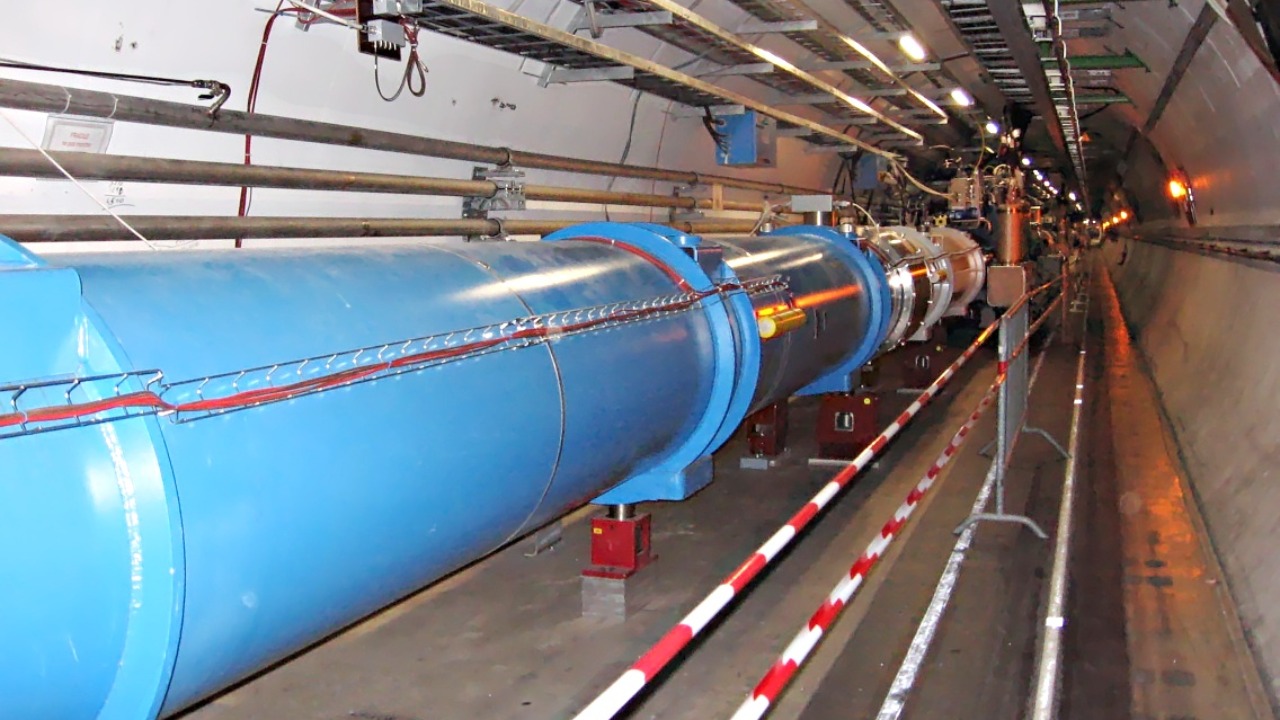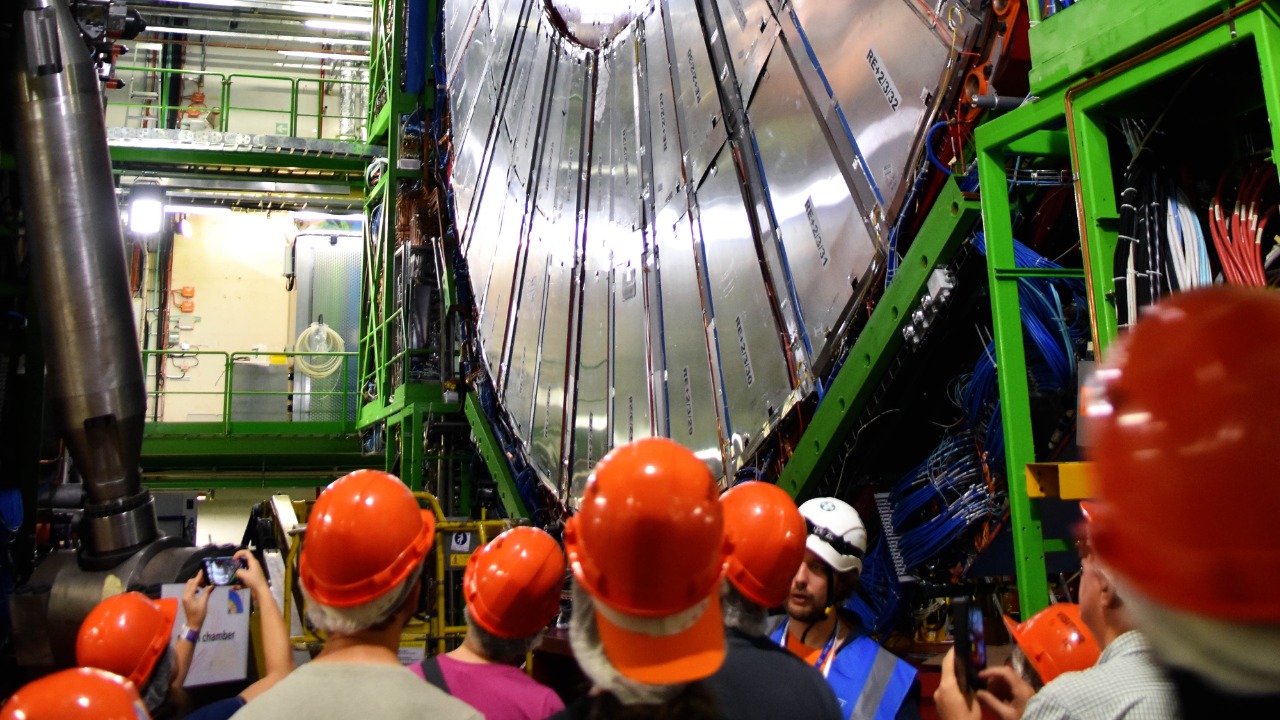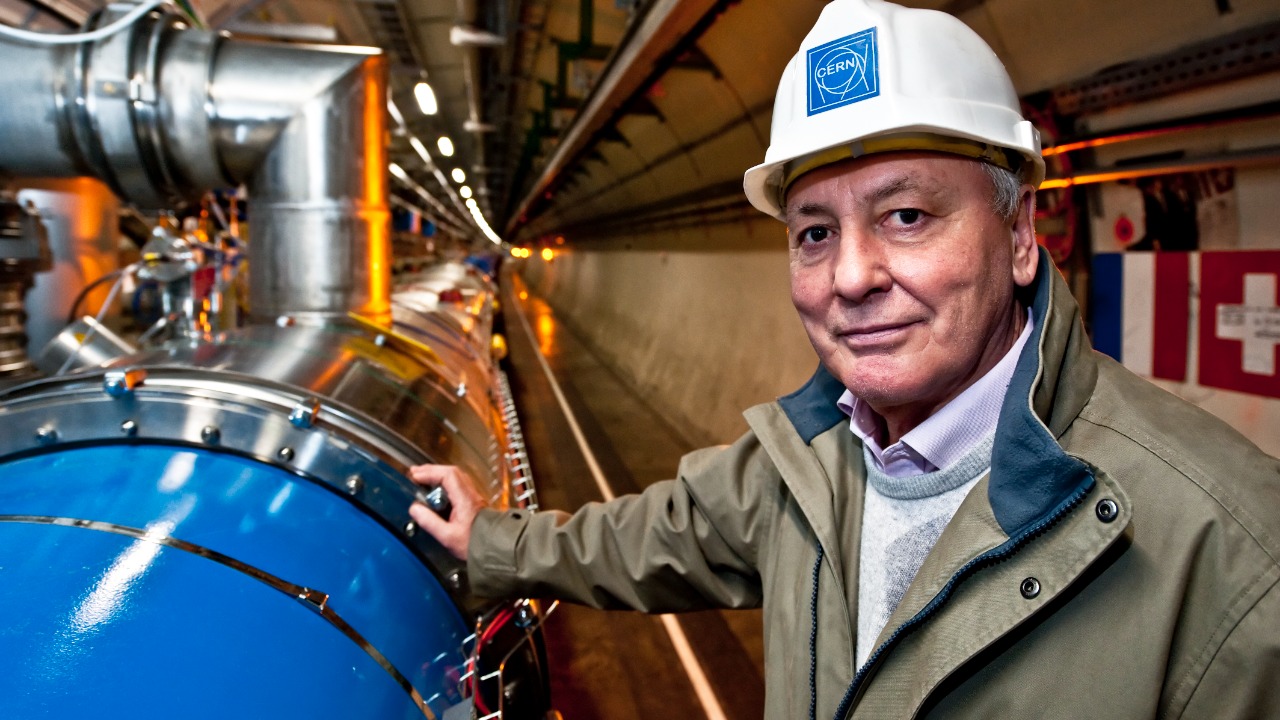
Recent advancements in particle acceleration technology have led to the discovery of a new method that promises to revolutionize the field. This breakthrough could significantly enhance our understanding of fundamental physics and pave the way for unprecedented scientific exploration.
The Fundamentals of Particle Acceleration

Overview of Traditional Particle Accelerators
Particle accelerators have long served as crucial tools in the realm of scientific research, enabling physicists to probe the fundamental particles that constitute the universe. Traditional accelerators, such as synchrotrons and cyclotrons, operate by using electromagnetic fields to propel charged particles to high speeds along a defined path. These machines are often massive in scale, requiring vast amounts of energy to achieve the necessary conditions for particle collision and observation.
Despite their pivotal role, traditional accelerators face significant limitations. The sheer size and cost of these facilities can be prohibitive, often necessitating international collaboration and funding. Energy efficiency is another concern; the large-scale infrastructure demands immense power, leading to high operational costs. As a result, researchers have been on the lookout for more compact and cost-effective solutions that can still deliver the necessary results for advanced experiments.
Evolution of Accelerator Technology
The history of particle accelerators is marked by continuous innovation and improvement. From the early cyclotrons of the 20th century to the construction of massive facilities like CERN’s Large Hadron Collider, each development has paved the way for deeper insights into the fabric of reality. Notable milestones include advancements in superconducting magnets and improvements in vacuum technology, which have allowed for higher energy levels and better precision in experiments.
Key figures in this evolution include pioneers like Ernest Lawrence, who developed the first cyclotron, and more recent contributions from collaborative international teams. This cumulative effort has set the stage for the latest breakthrough in acceleration methods, promising a new chapter in our quest to understand the universe. The new method incorporates cutting-edge innovations that have been years in the making, reflecting a deep-seated commitment to overcoming the technical challenges of traditional models.
The New Method: A Breakthrough in Acceleration

Description and Mechanism
The newly discovered method in particle acceleration distinguishes itself by leveraging innovative processes that depart from conventional techniques. This method introduces the use of novel materials and processes, such as oxygen tweaking, to enhance particle acceleration efficiency. Unlike traditional systems, which rely heavily on large and expensive magnets, this new approach optimizes particle paths using more compact and efficient components.
The mechanism behind this method involves manipulating the oxygen content in certain materials, which alters their electrical properties to create more effective acceleration environments. This change has allowed researchers to achieve higher energy levels in a reduced physical footprint. The ability to tweak oxygen levels provides an unprecedented level of control over the acceleration process, allowing for precise adjustments that were previously unattainable.
Potential Advantages and Improvements
One of the most compelling advantages of this new acceleration method is its potential for drastically improved energy efficiency. By reducing the reliance on massive infrastructure, the method not only cuts down on energy consumption but also minimizes operational costs. Additionally, the compact nature of the setup allows for smaller facilities, making the technology more accessible to a broader range of research institutions.
The new method also promises higher precision in experiments, with increased particle collision rates that could lead to more frequent and detailed observations. This could significantly enhance our ability to conduct experiments that require high collision rates, such as those investigating the properties of subatomic particles. The implications for research are vast, potentially unlocking new areas of study that have remained elusive due to the constraints of existing technology.
Scientific Implications and Applications

Impact on Fundamental Physics Research
The implications of this new method for fundamental physics are profound. By enabling more efficient and precise experiments, researchers can delve deeper into the mysteries of particle physics and quantum mechanics. For instance, the enhanced capabilities might allow scientists to explore phenomena like dark matter and dark energy with greater accuracy, potentially leading to breakthroughs in our understanding of the universe.
Specific experiments that could benefit from this technology include those examining the Higgs boson, neutrino oscillations, and other high-energy physics phenomena. The precision offered by the new method could provide clearer insights into these complex areas, helping to confirm or refute existing theories and potentially leading to the development of new models.
Broader Technological and Industrial Applications
Beyond fundamental physics, the new particle acceleration method holds promise for a variety of industrial and technological applications. In the medical field, for example, the technology could revolutionize cancer treatment by making advanced radiation therapies more precise and less costly. By enabling smaller, more efficient accelerators, hospitals and research centers could deploy cutting-edge treatments more widely.
In the energy sector, improved particle acceleration techniques could lead to advances in nuclear fusion research, potentially providing a more sustainable energy source. Furthermore, materials science could benefit from the ability to test and develop new materials with enhanced properties, impacting industries ranging from aerospace to consumer electronics.
Challenges and Future Directions

Technical and Logistical Hurdles
Despite its promise, the new acceleration method faces several challenges before it can be widely adopted. Key among these are the technical difficulties associated with scaling the technology for broader use. Researchers must overcome hurdles related to the integration of new materials and processes into existing frameworks, ensuring that they can be reliably produced and maintained.
Logistically, the transition to this new method requires significant investment in research and development, as well as collaboration across international borders. Testing and refinement are necessary to ensure that the technology can meet the diverse needs of the scientific community, requiring a concerted effort from multiple stakeholders to bring the method to maturity.
Future Prospects and Research Opportunities
The future of particle acceleration is bright, with numerous opportunities for research and collaboration. The potential for international partnerships is particularly promising, as institutions around the world could work together to refine and implement the new method. This collaborative approach would not only accelerate the development of the technology but also foster a global scientific community dedicated to pushing the boundaries of knowledge.
Long-term, the vision for particle accelerator innovation involves creating more versatile and adaptable systems that can be tailored to a wide range of experiments and applications. As researchers explore the full capabilities of the new method, they will likely uncover even more ways to enhance the technology, ensuring that it remains at the forefront of scientific discovery for decades to come.